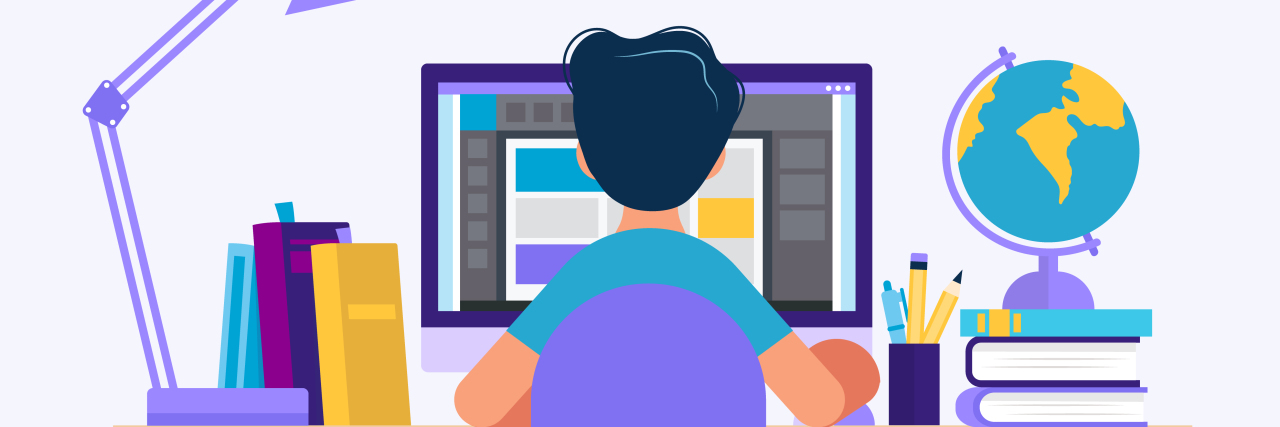Online 3D modeling usually involves fun activities like shaping a 3D character, creating beautiful images or even creating a virtual robot. In our modern world, the art has gained a wide reputation owing to its many applications. Common applications of 3D modeling include animations, cartoons, video games and television advertisements. For many adults, these models awaken our childhood memories because they represented our favorite cartoon characters. What’s more amazing is that parents and teachers have finally considered 3D modeling as a rationale for teaching and socializing with children. But can our children with disabilities gain from the technology? The answer is a strong yes!
In this article, we will examine some of the implications of online 3D modeling on learners with disabilities. Some may have been led to believe that disabled kids would be unresponsive to these technologies, but as the old saying goes, “disability is not inability.” Read ahead to learn some of the advantages of this technology for disabled kids.
Impact on Autistic Children
Children with autism may sometimes have rigid interests and struggle with classroom routines. This makes it quite challenging to figure out the best teaching strategy for them. Nonetheless, teachers who have incorporated 3D modeling in their classroom have reported the following:
Improved Visual Skills
Most autistic children are basically visual learners. A perfect way to engage them would definitely include videos, photos and 3D modeling tools. For example, if you are teaching visual skills, you can create a 3D model and later invite opinions from the learners as to why the graphic looks amazing. That way you can introduce a lesson or conclude a lesson.
Improved Problem-Solving Skills
A few children on the spectrum may struggle with cognitive skills which usually involve problem-solving. However, the process involved in 3D modeling is geared towards sharpening your child’s cognitive skills. For example, during modeling, your child will try as much as possible to create an amazing character. The whole “trial and error” process can help boost their thinking skills.
Improved Social Skills
Social skills encompass habits like empathy, apologizing, respecting opinions and self-acceptance. Most online 3D modeling involves sharing what each has accomplished. It’s a gateway towards appreciating one another and learning how to speak politely. Most parents have also realized the potential harm of isolating their kids in a lonely world. It’s advisable to have an open atmosphere where you can appreciate your child’s creativity and their improvements.
Impact on Kids With ADHD
When teaching a complex concept, most learners, including those with ADHD, are likely to lose focus. The recommended intervention is to use a visual tool that will keep them more engaged. For example, if you opt to use a 3D model, you can create funny images or beautiful minibots in order to capture their attention.
Self-control is a major challenge for many kids with ADHD. Parents who are worried about their hyperactive kids can try activities like playing video games together or simply modeling stuff online. This could keep them more engaged as they take on more challenges.
Impact on Learners With Intellectual Disabilities
Intellectual disabilities may affect a child to varying degrees. Often a child may struggle with communication, decision making and logical thinking. It’s important to realize that all children have different potential and all of them are equally important. Visual graphics are a great way of supporting a child with intellectual disabilities. A visual graphic allows easy communication between a parent and her child. For example, your child can use images to describe to you what he learned at school and how he carried out his school activities.
Other Benefits
The benefits associated with art are potentially limitless. For example in a classroom set-up, learners will have the opportunity to sharpen their innovative skills while exploring new colors, shapes and sizes. Children also get to interact with people of different races and cultures, and share their projects online with friends and relatives. They can even make little toy versions of themselves with companies like Little You.
Getty image by biscotto87.

